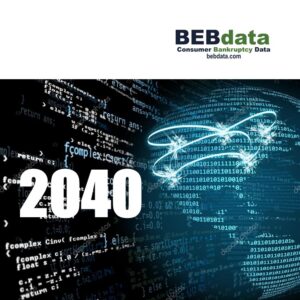 Direct mail is experiencing a significant resurgence, with surveyed respondents across various industries planning to double their direct mail volume by 2025. This increase reflects a growing recognition of the effectiveness of direct mail as a marketing tool and its ability to complement digital efforts. In the competitive landscape of automotive marketing, direct mail campaigns can create a tangible connection with potential customers, delivering targeted messages that resonate on a personal level. As marketers increasingly adopt data-driven strategies, the emphasis on direct mail will likely strengthen, capitalizing on its ability to stand out in a cluttered digital environment.
Direct mail is experiencing a significant resurgence, with surveyed respondents across various industries planning to double their direct mail volume by 2025. This increase reflects a growing recognition of the effectiveness of direct mail as a marketing tool and its ability to complement digital efforts. In the competitive landscape of automotive marketing, direct mail campaigns can create a tangible connection with potential customers, delivering targeted messages that resonate on a personal level. As marketers increasingly adopt data-driven strategies, the emphasis on direct mail will likely strengthen, capitalizing on its ability to stand out in a cluttered digital environment.
Furthermore, automation is playing a critical role in enhancing the effectiveness of direct mail campaigns. Nearly 80% of automotive and e-commerce companies are collaborating with automation platforms to improve their marketing efforts. This partnership enables businesses to streamline processes, enhance targeting, and optimize campaign performance. However, it’s essential to address the challenge of outdated data, as 44% of marketers report that inaccurate customer records are hindering their efforts and leading to missed opportunities. By prioritizing data accuracy and embracing automation, marketers can fully harness the power of direct mail, ensuring that their strategies are both effective and efficient as they navigate an increasingly complex marketing landscape.









